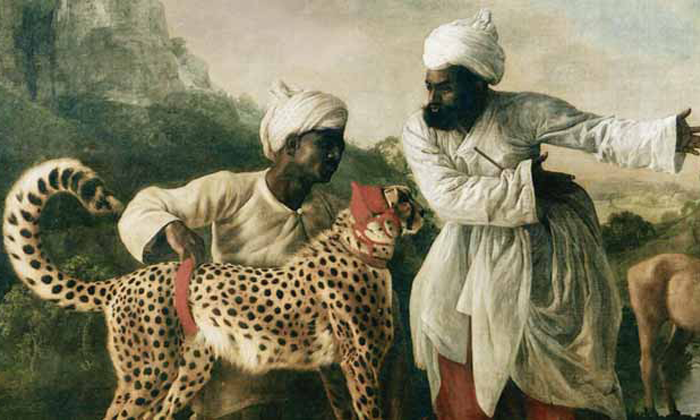The reintroduction of the cheetah into India has once again hit a roadblock, this time in the form of the highest court in the land. The Supreme Court recently stayed the government’s (and our oft -mentioned friend Jairam Ramesh’s) pet project of reintroducing cheetahs into the wild in India. The project has been plagued by problems right from its earliest stages – from the Iranian refusal to part with their cheetahs, to Indian bureaucratic delays, to the controversy of land allocation for the project. Th is, then, may just be the death knell for a Rs. 300 crore idea that has been the object of extreme opinions.
The SC stay order being a result of an amicus curiae brief, it is worth examining whether the case brought against the cheetah reintroduction programme has any merits. The most convincing argument against the programme is one of misdirected effort. This country has two large cat species on the verge of extinction. Enough has been written about the plight of the Bengal tiger and the Gir lions, without sufficient impact, and the resources and effort put into reintroducing the cheetah to the Indian wild would be of invaluable help to the conservation efforts of these other two species. Yes, we did indeed have the cheetah once in our country, but instead of running behind something we’ve lost already, wouldn’t it be prudent to secure what we still have left?
All this attention given to the cheetahs is almost hypocritical when one realises the pathetic lack of attention given to dwindling tiger numbers and the selfi sh and myopic government decision making light of the inbreeding within the Gir lions (ironically, the cheetah conundrum came to the attention of the Supreme Court as a part of the issue with redistributing Gir lion individuals in the same area). The most damning evidence of such apathy is that the budget for Project Tiger is just a little over a quarter of the money allocated to the cheetah programme. It is baffling to know that, to our government, the national animal holds less value than a species with questionable links to an extinct past.
This brings us to the most controversial aspect of the cheetah reintroduction programme: Is there any valid reasoning behind introducing an African cheetah species to compensate for the extinction of the Asiatic cheetah (also known as the Indian cheetah or the Iranian cheetah – an indication of their once extensive habitat)? The amicus curiae leading to the latest stay order would have you believe otherwise.
Reports have revealed that one of the arguments made to the SC bench was that the African and Indian cheetahs were genetically diff erent. However, there are conflicting opinions on the matter. Some experts believe that the two breeds of cheetahs only separated approximately 5000 years ago and that there was too little genetic differentiation for them to be considered separate sub-species. In addition to this, using cheetahs from the last remaining population in Iran may be problematic, since they are as plagued by inbreeding as our lions. In such circumstances, if we are indeed to reintroduce the cheetah, the sub-species of choice should be the African cheetah. However, this is assuming that the reintroduction is necessary in the first place. We have, of course, already reached the reasonable conclusion that there are better avenues to channel our money and efforts towards. Also, if the contention to the SC was indeed correct and the two varieties of cheetah were genetically separate enough to be considered distinct sub-species, considering the African cheetah as a candidate for introduction to the Indian wild would certainly be foolish – especially since the world is already rife with the disastrous consequences of introducing invasive species to habitats that are not native to them.
Cat on a hot Tin Roof


